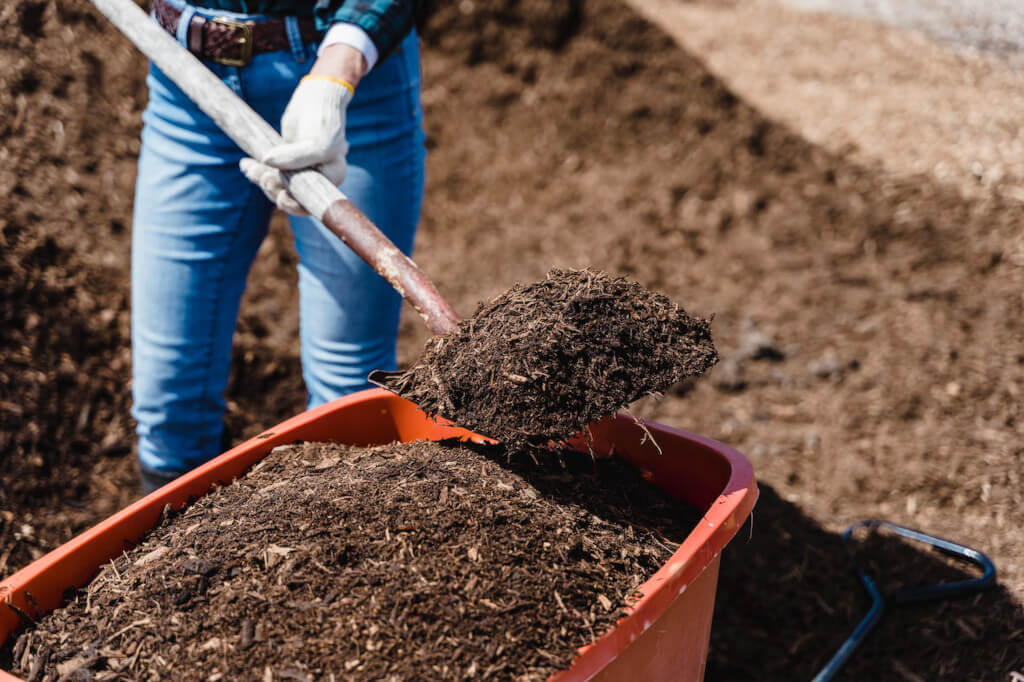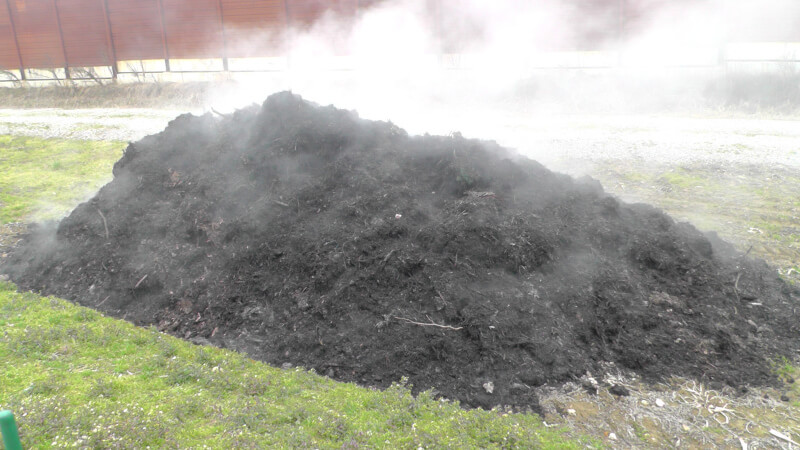
It will take a very long time for a compost pile to break down if it is not well managed. Here are some warning signs that you should keep an eye out for.
For crops to be productive, the soil must be in good condition and provide nutrients to the plants as they develop. Utilizing compost is one approach that can be taken to enhance the quality of the soil. The compost adds a variety of organisms, such as earthworms, as well as microorganisms, such as bacteria, fungi, and protozoa, to the soil. Compost is rich in a number of different nutrients and minerals. These aid in the breakdown of organic matter, which ultimately leads to its recycling. In the end, compost is a fantastic way to enhance the quality of the soil, which will ultimately lead to improved crop yield.
Composting at Hot and Cold Temperatures
Both “brown” matter, like dead leaves or twigs, and “green” matter, like organic scraps from the kitchen, are necessary for the composting process. The first one has a high concentration of carbon (C), and the second one has a high concentration of nitrogen (N).
The amount of time taken for biodegradable waste to decompose is determined by a number of factors, including the volume of the material, the size of the inputs (substances that are smaller and more malleable will decompose more quickly than those that are larger and more rigid), the amount of blending and aeration, and the temperature of the compost.

The types of bacteria that are actively decomposing the compost within the pile will also play a role in determining how quickly the compost breaks down, with some microbes being able to work more quickly in warmer temperatures. Composting that reaches a thermophilic stage and remains there for days or weeks is referred to as “hot” composting, and it is typically utilized in large-scale agricultural endeavors. Compost piles that are generally larger reach higher temperatures.
“Cold” composting is characterized by its slower pace, which can take up to one year to finish, and usually includes smaller stacks of waste material to be composted. When only a few pieces of organic waste at a time are added to the compost pile over an extended period of time, this is the method that is typically utilized in urban farming and gardening. Because of these constraints, the compost pile may have trouble reaching the temperature that is necessary for the rapid breakdown of organic matter.
To ensure that the composting process goes as quickly as possible, you must ensure that the right proportions of air, water, carbon, and nitrogen are present.
Standard Compost Pile Challenges
According to Jessica Dawe, proprietor of Garden Centre, the following are indications that your compost may be experiencing difficulties:
Although the content is matted and difficult to decompose, the pile has a high moisture content: This suggests that the pile is having a hard time getting enough “breathing room.” Aerobic microorganisms require oxygen, whereas anaerobic microorganisms do not. It is crucial to promote aerobic life forms for optimal composting, as these organisms move the composting process along more quickly.
Solution
Turning the pile on a regular basis will allow air to circulate through it.
The Compost Has an Offensive Odor
This is an indication that the heap is too wet, and that anaerobic microorganisms are dominating the environment there.
Solution
Rotate the heap and add sawdust or another fine C material that decomposes quickly, such as ash from the chimney. It is necessary to repeat.
There is No Decomposition of the Brown Material
The brown-to-green ratio is used to describe the ratio of carbon (C) to nitrogen (N) in the pile. Carbon and nitrogen are both required for the decomposition of organic material, as was previously mentioned. A carbon-to-nitrogen ratio of approximately 30:1 is optimal for microbial growth. (The browns have a high concentration of carbon, and the greens have a high concentration of nitrogen.) If the composting process is closer to this ratio, then the content will decompose at a faster rate. If you are only going to evaluate the heap based on its outward appearance, a good general rule to follow is to have twice as many browns as greens in the pile.
A Solution
The solution is to incorporate half as many greens into the pile as brown materials if the brown materials are not decomposing. Combine and soak for an adequate amount of time.
A Fire Breaks Out in the Compost
When there is an overabundance of greenery in compost, this can result in a surplus of nitrogen, which can end up causing the compost to heat up so quickly that it catches fire on its own. Having said that, this does not happen very often. On the other hand, crops can be damaged or even destroyed by a compost pile that is too hot, so it is important to wait for it to cool down before applying it.
A Solution
The solution is to regularly turn the heap, add water and brown it to cool it down.
The Pile Does Not Contain Any Worms or Other Insects
Healthy compost should be characterized by the presence of worms and mites. It may take a while for these life forms to appear, particularly if the compost pile is brand new or it is located in a remote area, away from other compost piles.
A Solution
The solution is to check that the proportion of carbon to nitrogen is correct and that there is an adequate amount of moisture. If you are starting a new pile or bin from scratch, you should incorporate a few spadefuls of nearly composted material from an established pile into the new pile in order to initiate the development of some organisms.
The Larger Pieces Do Not Seem to Be Falling Apart
Processing time will be increased when dealing with large bits of organic material, including branches. In addition to this, they frequently lack an adequate amount of moisture, which means that they will throw off the balance of moisture in the pile.
Solution
The solution is to cut the large material into more manageable chunks.
You Are Falling Behind the Pace
Compost piles need to be turned regularly in order to allow air to circulate through them. In addition to that, it needs to be kept hydrated. When it comes to this topic, even modest actions can make a significant impact.
A Solution
The solution is to always have a pitchfork on hand for relatively small piles and to always rotate the compost pile after adding new materials.
If you own a small plot of land or a farm and have bigger piles of compost, you should delegate the task of turning the compost and maintaining the water balance to an employee. This will ensure that these crucial tasks are carried out on a consistent and comprehensive basis.



